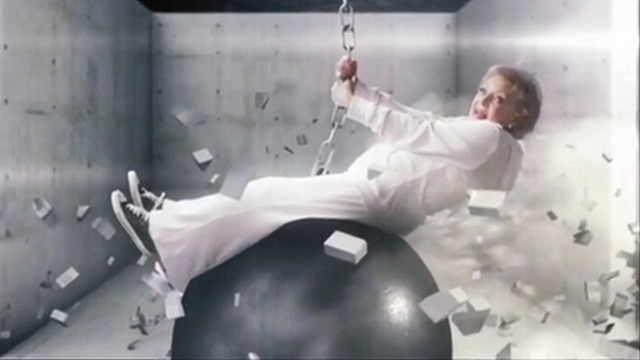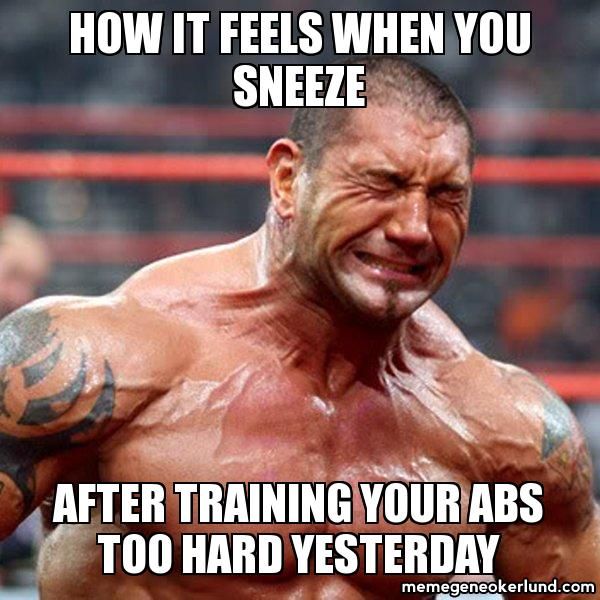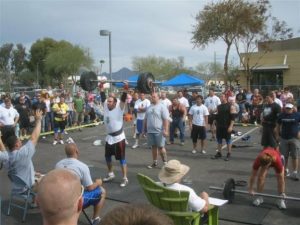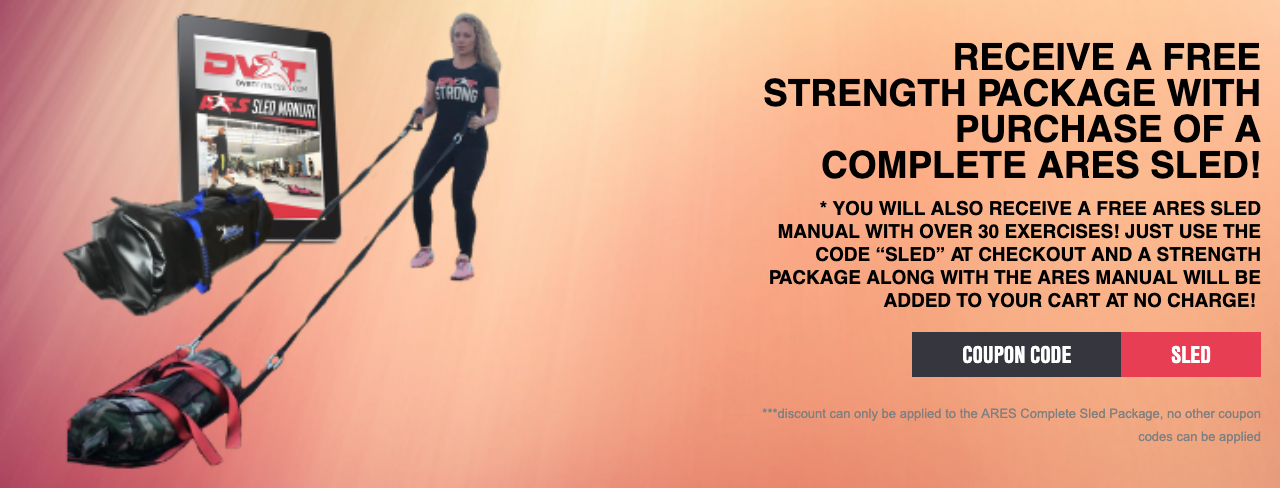The Misunderstanding Of Core Training
2019-06-23
If you haven’t been stupid in the fitness industry, I don’t think you have ever grown. As I have often written about, I have been stupid a lot of times. My philosophy has changed and evolved so much in the past 25 years. A lot of that has to do with going through the mistakes and learning for myself, not just taking the word of others, of what works and what doesn’t. The best example has been my journey of core training and especially my view on the plank.
The fitness industry and all of us in it are very prone to the giant pendulum swings that happen. I’m definitely not immune to them and I think the more inexperienced you are, the more prone you are to be influenced by them. That goes back to experience, but we are all also looking for better solutions so it shouldn’t be too surprising that we keep wide eyes for better ways of helping ourselves and others.

Sometimes the only way to know what works is to try and makes mistakes along the way.
In the late 90’s I really got into corrective exercise because of my spinal issues. Being 19 and retired from college basketball because of my horrible back was heart breaking. However, being discouraged and frustrated doesn’t give you more answers. I did everything in my power to find information that would help me first and foremost, and that is how I came across much of the early corrective exercise ideas.
As you imagine, that involved a lot of “core training.” Having lifted weights since I was 14, training the abs wasn’t new to me, but the concepts that were being taught about more of the core was very new. Like so many people, when you find you really suck at something, you immediately go to, “I need to do this more.”
For awhile I did! Everything I did with myself and clients was based around core training and at the time I still don’t think I really understood the difference. I mean, when my clients or even I performed these new core training drills, the abs would be on fire. So, like many, I just assumed that core training was just a fancier name for abs.

Then I started learning about real strength and conditioning. More total body lifts where load definitely played a much bigger role than I was use to in my training. Man, I felt weak! What the heck?! I had spent a few years doing all this core training and when I went to heavier lifts I felt weak as could be in those lifts. That started my journey to the complete other side of the pendulum.
“Forget about all this wussy core training!” I thought to myself, the real answer laid in foundational, heavy strength training. Tons of heavy squats, deadlifts, presses, and more. THAT was the answer to all things training. Heck, I got so into this concept that I started to compete in Strongman training. Yea, a guy who only a few years earlier was retired from sports because he lost temporarily use of his right leg! What could go wrong?;)
Like my thoughts on core training in my early years I got results. Well, I did for a short time. That was until I found myself getting more and more achy and my clients were spending more and more time warming-up, fighting little nagging issues here and there. Of course all of us just had to toughen up a bit, c’mon THIS was the answer to training.

My days Strongman training taught me many lessons of training!
However, as I could feel my back failing me more and more I started having the hard realization that this wasn’t the answer. I was tired of jumping around from program to program only to be disappointed in the end. What I realized was I didn’t really understand what core training meant.
That realization spawned my hunger to really learn. I got many, many textbooks and of course, one that stood out to me was spinal expert, Dr. Stuart McGill’s books. If nothing else, in the few few pages I realized I didn’t have a clue to what core training really meant! Such an epiphany only spawned my interest to learn what core training was all about.

The truth is that I don’t think we can sum it up in one or even multiple blog posts. That is because core training can be context and situation specific. However, I did start to see common threads that allowed me to build a smarter philosophy that would create way better results!
Concept #1: Tension helps stability!
The whole idea behind the plank isn’t to get really good at planks, but to learn how to create synergistic whole body tension. That tension is what helps us create stability and connects the kinetic chains of the body.
One of the big purposes behind our drills like these Dead Bug progressions is teaching how to make connections and how to teach “bracing” of the core at a foundational level. Great job Ara Keshishian
Concept #2: Your hands and feet connect your core.
Over time I found myself using more and more meaningful cues. The reason I can make fun of the cues, “squeeze your glutes”, or “use your core” is because these were all cues that I used myself! They were utterly meaningless to my clients, but that didn’t stop me from shouting them all the time.
What I learned was that your core is a connection of over 35 muscles in your body. In order to connect those muscles, we must think about how force enters our body and the connections our body makes to endure those forces. If you think about it, our body interacts with the outside world through our hands and feet.
Drills like our Bird Dog progressions can teach these principles, but here I break down many of the errors.
Since over half of our bones are in our hands and feet, they play a big role in our core training and are often not coached! Using our hands and feet helps create that tension that make our body stronger and more stable!
Concept #3: Your core changes depending upon direction and movement.
One of the most interesting concepts I got from McGill’s books was that which muscles worked to stabilize or produce force changed depending upon our body’s position and direction of movement. This is why Dr. McGill places huge emphasis on foundational core training drills like side planks and bird dogs. Both require us to move and resist forces in planes of motion that most “ab exercises” don’t ever teach.

One of the most eye opening things I learn from Dr. McGill is how simple changes in body position could change the muscles emphasized even during the same movement!
This means that a BIG part of connecting the body is to learn to resist that unwanted movement that provides us stability. That is why drills like planks are such a foundational component of core training, but how do we make them relate to more real world movement.
DVRT Master & Physical Therapist, Scott Corso, gives some great examples of these concepts.
Concept #4: The best core training is done when we include functional movement patterns.
When you think of most core workouts in popular fitness programs you see some commonalities. The most obvious is that most are done on the ground. Sure, being on the ground is a good starting point, but eliminating gravity takes away a lot of the great work that body can learn in connecting and developing real world stability/strength.
The other is that we are often dealing with rather stationary and predictable movements. Now, if we are starting here that is one thing, however, so many core training programs never move forward. Sometimes they do, but they make SUCH a big leap like in the use of loaded carries we don’t make the incremental progressions that we need to help people be successsful.
Check out how we put it all together in the great progressions Ryan DeWinter uses combining our Ultimate Sandbags and ARES sled. When you invest right now in our ARES sled you will get a Strength Ultimate Sandbag for FREE and our ARES sled manual too! Just go HERE now and use coupon code “sled”
© 2025 Ultimate Sandbag Training. Site by Jennifer Web Design.







